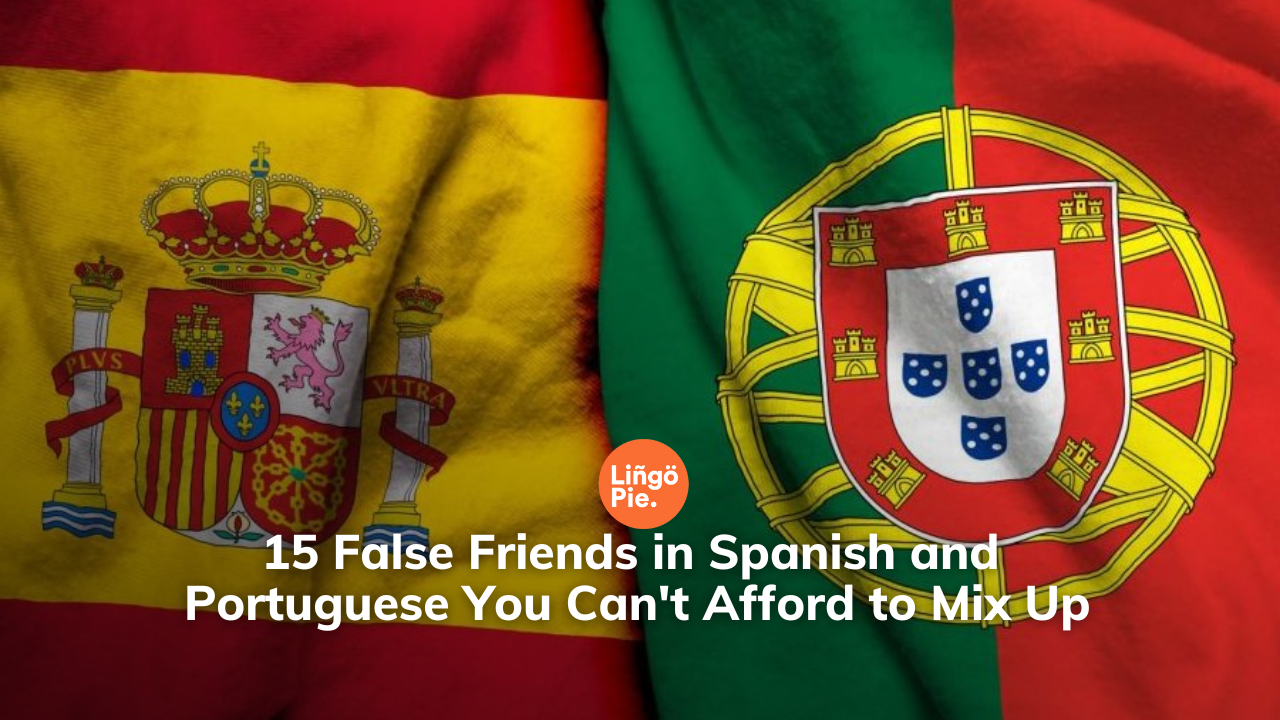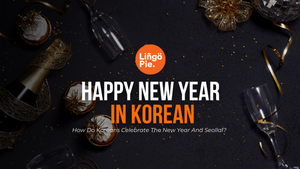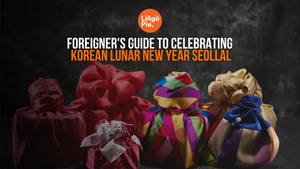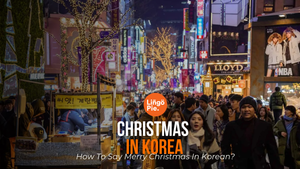Did you know that South Korea dedicates an entire day to celebrating its alphabet? Every year on October 9th, the nation comes together to honor Hangeul Day—a holiday marking the creation of the Korean script by King Sejong the Great and his scholars nearly six centuries ago.
In 2026, Hangeul Day continues to be more than just a commemoration of letters—it’s a vibrant celebration of Korean culture, identity, and pride. From traditional ceremonies and museum exhibitions to K-pop tributes and cultural festivals, the day bridges history with modern life.
In this post, we’ll dive into the fascinating story behind Hangeul, its enduring role in shaping Korean society, and how you can experience the celebrations firsthand this year.

What Is The Hangeul Day?
Hangeul Day, also known as Hangul Day in South Korea and Chosŏn'gŭl Day in North Korea, is a commemorative day to celebrate the creation and the proclamation of Hangeul, the alphabet of the Korean language. This day marks the invention of Hangeul by King Sejong the Great in the 15th century and its announcement in a document titled Hunminjeongeum (translated as "The Correct Sounds for the Instruction of the People") on October 9, 1446.
When Is The Hangeul Day?
In South Korea, Hangeul Day is celebrated annually on October 9th, marking the proclamation of the alphabet. In North Korea, a similar observance known as Chosŏn'gŭl Day takes place on January 15th, tied to a different historical timeline.
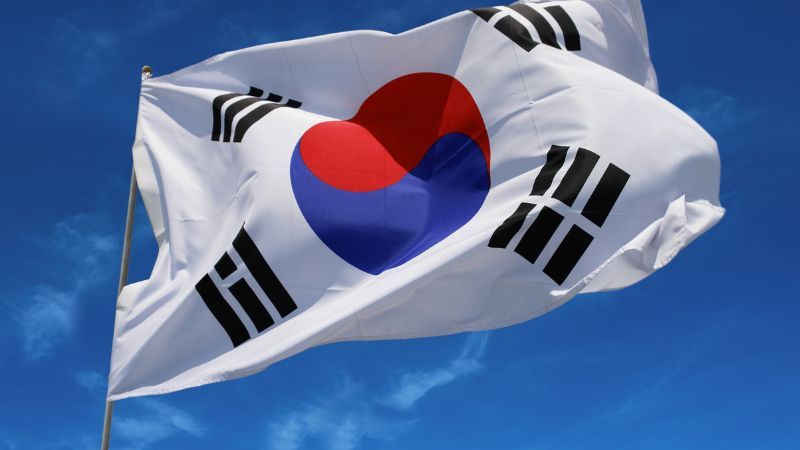
Is Hangeul Day A National Holiday In Korea?
Yes. Hangeul Day (한글날) is an official national holiday in South Korea. Although its status shifted in the past, it was fully restored in 2013, giving Koreans the day off to reflect on the importance of their script. More than just honoring King Sejong, the day underscores how Hangeul helped boost literacy and preserve Korean identity through centuries of change.
Today, it’s marked with ceremonies, cultural events, exhibitions, and even digital-age tributes, showing how a 15th-century invention continues to thrive in the 21st century.
Related:

The History Of Hangeul
Before the 15th century, most Koreans were unable to read or write. The educated elite relied on Classical Chinese for official documents, literature, and education. But Chinese characters were complex, and the system was far out of reach for common people, leaving the majority of society illiterate.
In 1443, King Sejong the Great set out to change this. His goal was simple but radical: to create an alphabet that anyone could learn, regardless of class or education. By democratizing literacy, he hoped to strengthen communication, empower ordinary citizens, and unify his kingdom.
The script he introduced was called Hunminjeongeum (“The Correct Sounds for the Instruction of the People”). Its name reflected its purpose—a logical writing system tailored to the Korean language. Unlike Chinese characters, Hangeul was designed to be easy to learn and intuitive to use.
Hangeul’s structure was both ingenious and practical:
- 14 consonants and 10 vowels form the building blocks.
- These characters are combined into syllable blocks, mirroring the way Korean is spoken.
- The shapes of many letters were inspired by the position of the mouth and tongue when making sounds, making it one of the most scientific alphabets in the world.
The Significance of Hangeul
Hangeul stands out for its scientific design and its role in making literacy accessible to everyone in Korea. It has shaped not only how Koreans read and write but also how they’ve preserved their language and identity through history.
- Ingenious Design: Each letter represents a sound and is based on how the mouth forms it. For example, ㄱ (“k”) reflects the tongue touching the roof of the mouth. This makes Hangeul one of the most logical writing systems in the world.
- Democratization of Literacy: Before Hangeul, literacy was limited to elites who mastered Classical Chinese. Its creation gave ordinary Koreans access to reading and writing, fostering social equality and unity.
- Cultural Survival: During the Japanese occupation (1910–1945), Hangeul was suppressed but persisted as a symbol of resistance, helping preserve Korean language and identity.
- Modern Legacy: Today, Hangeul is celebrated not only for its practicality but also for its role as a cornerstone of Korean culture—linking the nation’s past, present, and future.
How Do Koreans Celebrate Hangeul Day?
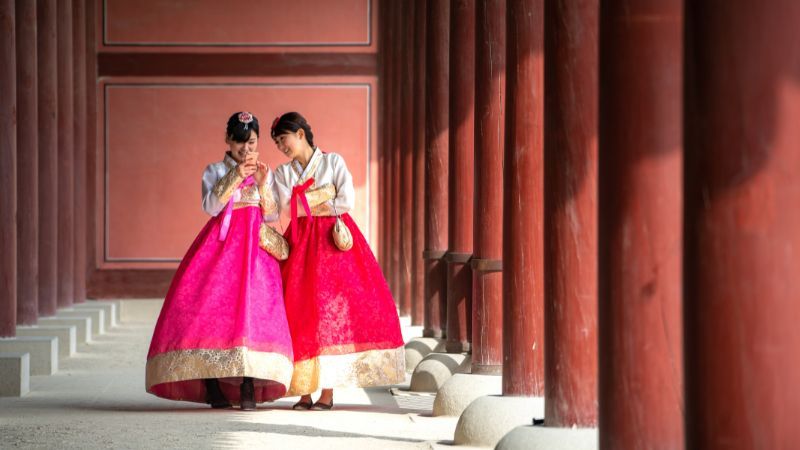
In South Korea, Hangeul Day is a significant cultural event, and Koreans celebrate it in various meaningful ways. Here are some common ways they observe Hangeul Day:
1. Official Ceremonies
National Ceremonies: The South Korean government holds official events to honor the day, often at important landmarks like Gwanghwamun Square in Seoul, where the statue of King Sejong the Great is located. These ceremonies feature speeches, performances, and tributes to King Sejong’s role in creating Hangeul.
Awards and Honors: The government may also present awards to individuals or organizations that have contributed to the promotion and preservation of the Korean language and culture.
2. Cultural Events and Festivals
Hangeul Festivals: Many cities across South Korea organize festivals that include calligraphy contests, exhibitions, and street performances. These events celebrate the beauty and history of the Korean script, encouraging participation from the public.
Cultural Performances: Traditional Korean performances such as dances, music, and reenactments of historical events related to King Sejong’s reign are common. These performances often highlight Korean heritage and the importance of language.
Public Art Displays: Cities may decorate public spaces with Hangeul-themed art, and some exhibits feature contemporary art using the Hangeul script.
Read Also:
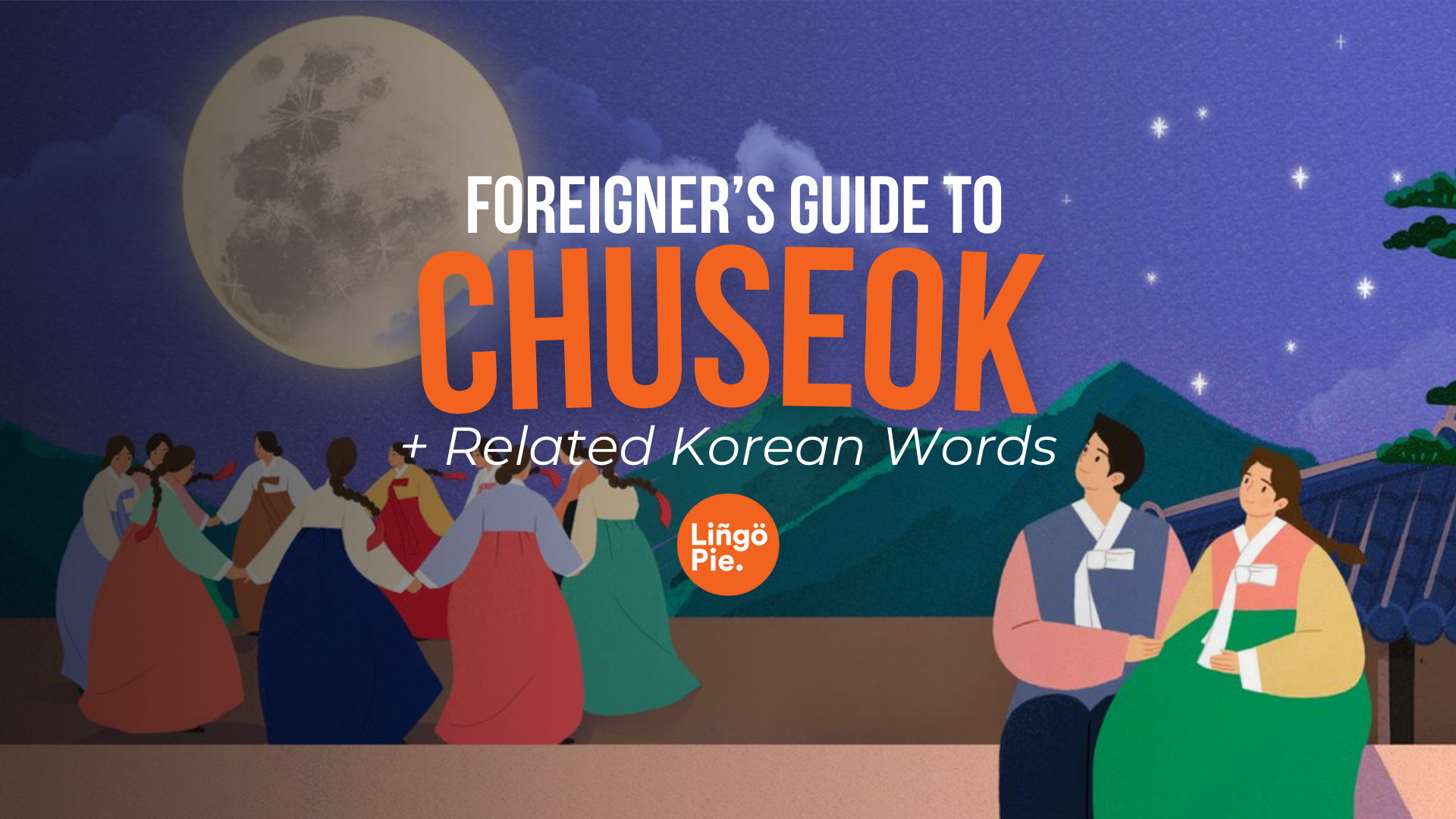

3. Museum Visits and Exhibitions
The National Hangeul Museum in Seoul typically holds special exhibitions showcasing the history, evolution, and importance of Hangeul. These exhibitions often highlight how the script has influenced Korean identity and literacy.
King Sejong’s Life and Contributions: Museums and cultural centers often hold exhibits focusing on King Sejong, explaining his efforts to create a simple and accessible writing system for the Korean people.
4. Education and Learning
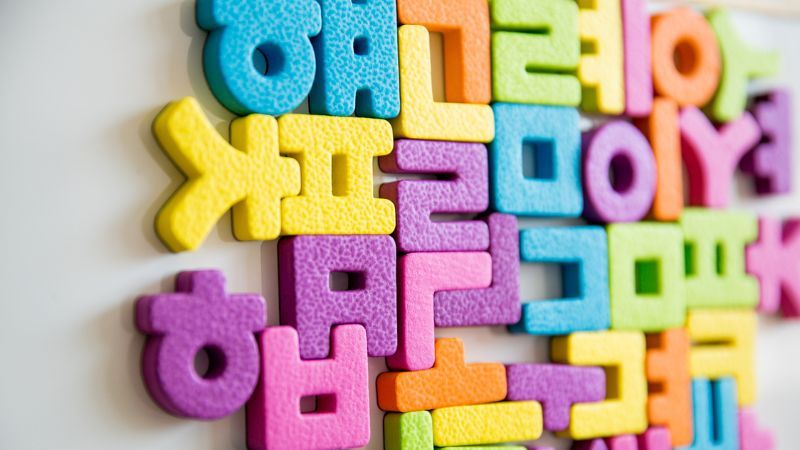
Educational Programs: Schools, universities, and language institutes may offer special lessons on Hangeul's history and its role in Korean society. Some institutions organize language-related contests, such as Korean writing competitions, poetry readings, or calligraphy events.
Hangeul Classes: For those wanting to learn or improve their Korean language skills, Hangeul Day is a great occasion to take part in free classes or workshops. These may be offered by cultural centers or universities.
5. Calligraphy Contests
Calligraphy contests are popular during Hangeul Day, with participants showcasing their skill in beautifully writing Korean characters. These contests often attract participants of all ages, from students to professional artists, and sometimes even foreigners learning the language.
6. Commemorative Publications
Korean newspapers, magazines, and online platforms often publish special editions or articles commemorating Hangeul Day. These publications may include essays, interviews with linguists, or historical pieces on the creation of Hangeul.
7. Public Performances and Parades
In some places, parades and public performances take place. These parades feature floats and costumes that represent different aspects of Korean culture, including traditional dress, historical figures like King Sejong, and representations of Hangeul’s characters.
Learn Hangeul With Lingopie To Celebrate The Hangeul Day!
In conclusion, Hangeul Day is a celebration of Korea’s rich cultural heritage, honoring the unique alphabet that has played a key role in shaping Korean identity and communication. From official ceremonies to lively cultural festivals and educational programs, Koreans come together on October 9th to reflect on the significance of Hangeul and its creator, King Sejong.
If you’re inspired to explore the Korean language further, Lingopie is a fantastic resource that can help you on your journey. With its fun and immersive approach to learning languages through TV shows and movies, Lingopie makes mastering Korean more enjoyable and accessible than ever. Start your Korean learning adventure today, or continue exploring more articles to deepen your cultural understanding!


![Foreigner's Guide To Hangeul Day In Korea [2026]](/blog/content/images/size/w1200/2024/10/Apprendre-Des-Gros-Mots-Faciles-En-Allemand-2.png)



